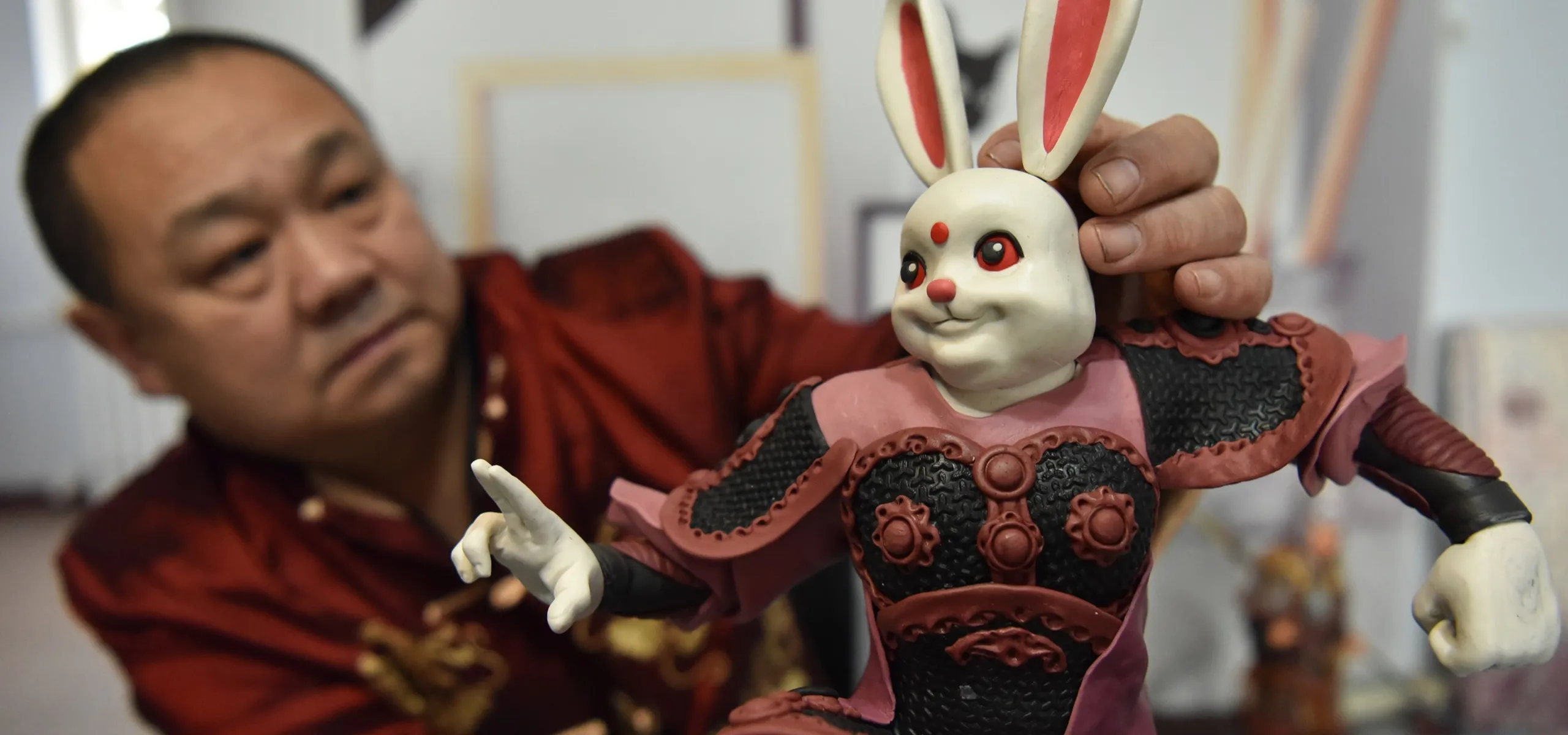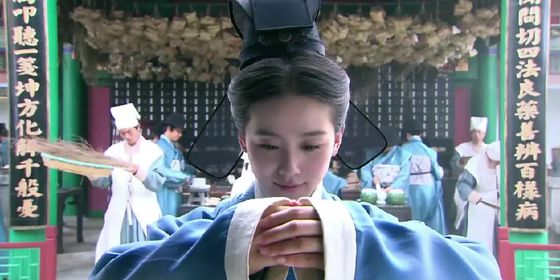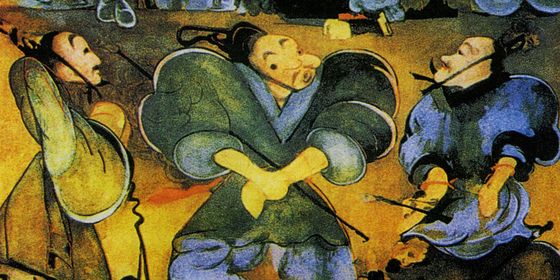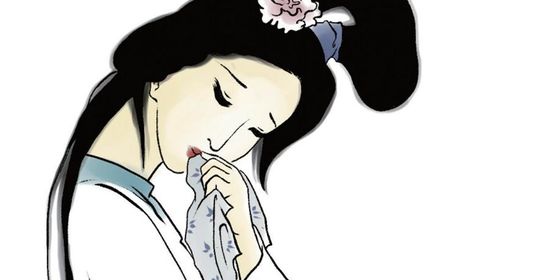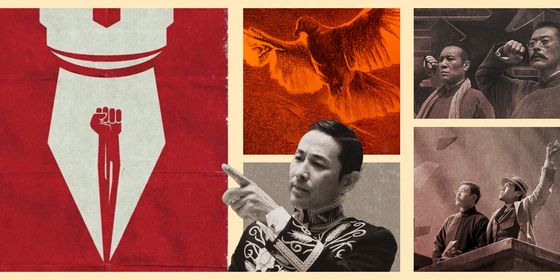Renowned for agility and cunning, this perky-eared zodiac animal was found in many sayings and legends in ancient China
“Lovely little rabbit, with fur so white, and ears so perky (小白兔,白又白,两只耳朵竖起来)…” This time-honored nursery rhyme might resurface in the minds of many Chinese people as the Year of Rabbit approaches, and images of cute rabbits start to show up everywhere in the country, from product packaging to artworks inspired by the new year. With its adorable appearance, the rabbit, as the fourth of China’s 12 zodiac animals, carries many symbolic meanings in Chinese culture, some of which might surprise you.
In ancient China, rabbit meat was a popular source of protein. As early as the Zhou dynasty (1046 – 256 BCE), there were already records of people cooking rabbit for food. In Classic of Poetry (《诗经》), China’s earliest existing collection of poetry, compiled around the 1st century BCE, a poem titled “Gourd Leaves (《瓠叶》)” documents a recipe: “Take a few rabbits; cover them in mud and roast them on the fire (有兔斯首,炮之燔之).”
According to The Book of Rites (《礼记》), a Zhou dynasty Confucian text that sets guidelines on appropriate behaviors, the rabbit is one of the eight animals that could be used as a sacrifice for the gods, which reflects that people of that time believed rabbits to be clean and auspicious.
Ancient people were also impressed by the agility of rabbits. Sun Tzu’s Art of War states that a successful army should be “still until the enemy lower their guard; and act as quickly as a fleeing rabbit so that the enemy cannot respond in time (始如处女,敌人开户;后如脱兔,敌不及拒).” The saying “动如脱兔 (move like a fleeing rabbit)” is a derivative of this line, describing nimble actions.
Though compared to cats or dogs, rabbits are not known for their intelligence, ancient Chinese seem to have seen the rabbit as a crafty animal because of how it evades predators. Strategies of the Warring States (《战国策》) records such a story: Feng Xuan (冯谖), a counselor serving Lord Mengchang (孟尝君) of the State of Qi, once advised the lord to build up political influence outside the capital, saying, “A crafty rabbit has three holes, only to escape capture; now you only have one hole, so this is no time to relax (狡兔有三窟,仅得其免死身,今君在一窟,未得高枕而卧也),” referring to the rabbit’s habit of building multiple exits to its burrow. Lord Mengchang accepted this advice, which contributed to his smooth political career. The saying “狡兔三窟 (a crafty rabbit has three holes)” is now used to describe people who always prepare multiple escape plans for themselves, though now with some derogatory color.
However, despite their agility and wit, rabbits are often used to represent weakness in many sayings due to their small size and lack of power. For example, the folk saying “狮子搏兔,亦用全力” translates to “even when wrestling with a rabbit, the lion does not spare any force.” Here the lion refers to the party with an overwhelming edge in a confrontation, with the rabbit representing the underdog who, as the saying warns, should not be underestimated. The saying “见兔顾犬 (Summon the hound only after seeing the rabbit)” means actions taken slightly later than the perfect time could still be fruitful if done right; the folk saying “兔子急了还咬人 (Even an angry rabbit will bite)” means even the most docile person will rise up in extreme situations. All of these terms use the rabbit as a symbol of fragility, vulnerability, and passiveness.





